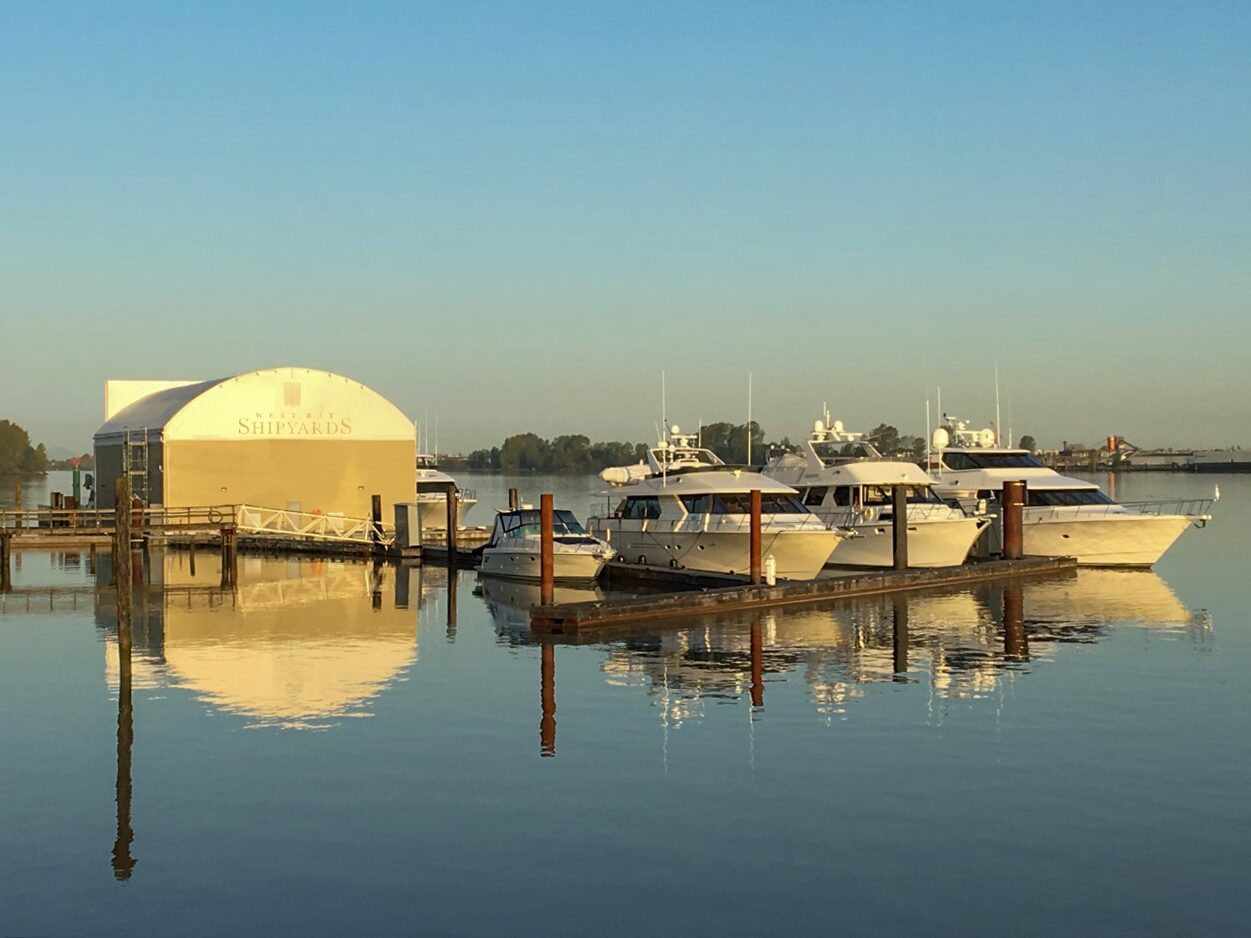
Owning a yacht is a dream for many but, as with most things in life, comes with lots of responsibility. Behind every stunning Instagram photo of sunset cruising and champagne on deck, there’s a laundry list of logistics that keep the boat running safely, smoothly, and beautifully.
Even experienced yacht owners sometimes overlook small details. From routine maintenance to understanding onboard systems, there are common challenges that can affect safety, performance, and long-term enjoyment. In this guide, we break down some of the most frequent owner oversights—and practical ways to handle them.
Skipping Routine Maintenance
The Mistake
It’s easy to let small maintenance tasks slide, especially when life gets busy or you’re focused on enjoying your yacht. Engine oil changes, anti-fouling touch-ups, or A/C filter replacements might get delayed. Over time, these small oversights can become larger, costlier problems.
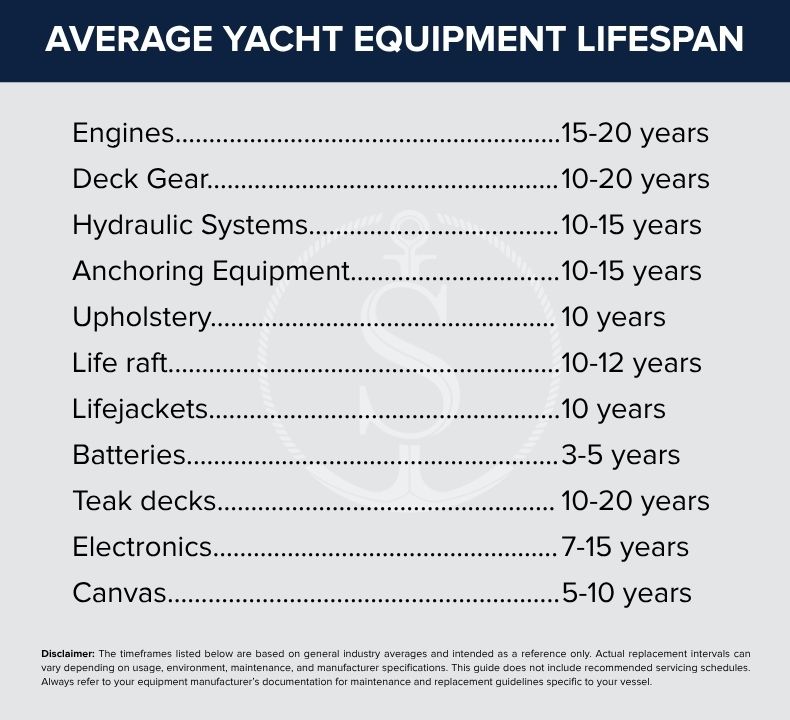
Average lifespan of yacht equipment (Guideline only – see disclaimer)
The Fix
Consistency is key. We recommend creating a maintenance checklist covering monthly, quarterly, and annual tasks. To make it easier, we’ve put together a West Bay Maintenance Checklist you can download for free. A simple schedule might include:
-
Monthly engine checks
-
Quarterly inspections of belts, fluids, and anodes
-
Biannual haul-outs
-
Annual electronics audits
-
Seasonal HVAC service
Whether you prefer a printed version like ours or a digital method, apps like Vessel Vanguard or Boating Suite are great for tracking maintenance, inventory, and expenses.
Pro Tip
Include a visual inspection day every month. Just walk through the entire vessel, engine room, cabins, bilges, topside, and look for anything unusual. A tiny leak, discoloration, or a strange noise can be an early warning sign before a bigger problem develops.
Not Knowing Your Systems
The Mistake
Even if you have a captain or crew, it’s important for every yacht owner to understand the core systems on board. Batteries, pumps, generators, and navigation electronics are all critical. When something fails unexpectedly, knowing how to respond can prevent bigger problems and keep everyone safe.
The Fix
Schedule a systems orientation with your shipyard, service provider, or captain. Make sure you understand:
-
Electrical Systems: Inverter, breaker panels, battery banks
- Plumbing: Freshwater, greywater, blackwater
- Engines & Generators
- Navigation & Electronics
- Fire suppression and safety systems
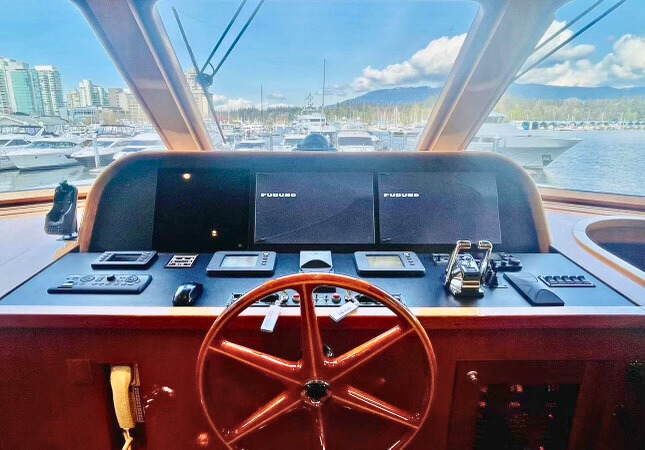
Take notes, label panels, and even take photos if it helps you remember. You can create a simplified cheat sheet for quick reference.
Pro Tip
Run a “what-if” drill a few times a year with your family or crew. Practice scenarios like “What do we do if the generator stops?” or “How do we manually override the anchor windlass?” Practicing now helps make these responses second nature if an emergency happens.
Underestimating Weather
The Mistake
It’s tempting to rely on a general weather app when planning a trip; “10-15 knots, slight chance of showers” might sound fine. But conditions on the water can change quickly, and wind, swell, and visibility affect your yacht differently than a simple forecast suggests.
The Fix
Check marine forecasts and tools, such as:
-
MSC Marine Forecasts (Canada)
- NOAA Marine Forecasts (USA)
- Windy (web or app)
- PredictWind (web or app)
- Garmin Navionics
These provide more detailed information on wind, currents, swell, and other conditions specific to your route.
Pro Tip
Create a personal “Weather Tolerance Matrix” based on your comfort level, crew skill, and vessel size. Decide in advance what wind, swell, or visibility is too much for you or your guests.
To make this easier, we’ve put together a Weather Tolerance Matrix that you can download and use to plan your trips safely. Having clear limits helps you make informed, confident decisions on the water.
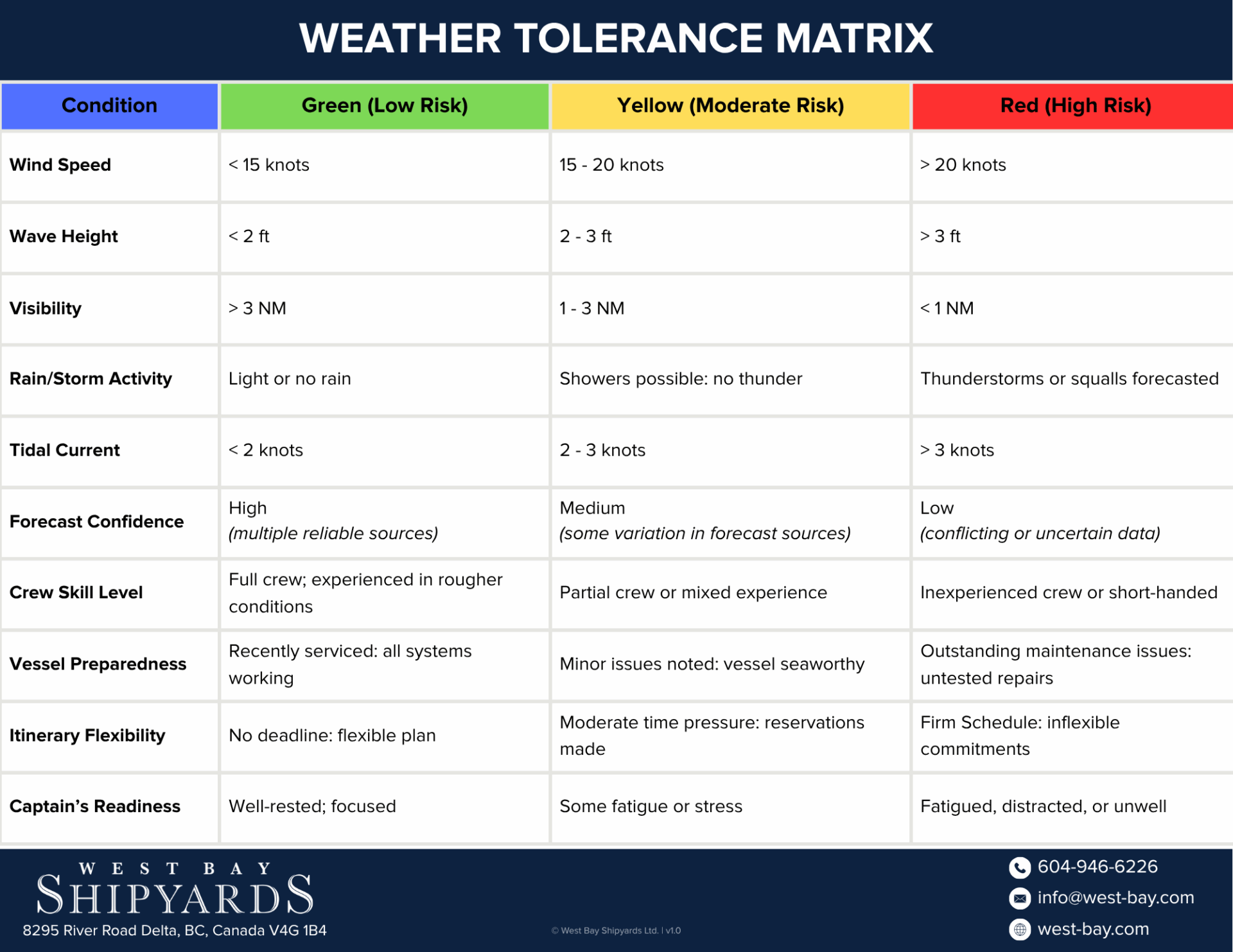
How to Use This Matrix
- Before every outing, go down the list and mark where each condition falls (Green, Yellow, or Red)
- If any category hits red, cancel or delay your departure. It’s not worth the risk.
- If you’re in multiple Yellow zones, evaluate if you’re truly prepared and whether adjustments can bring you back to Green.
- Don’t let ego, schedule pressure or the “it’ll be fine” mentality override your matrix. Your safety should always be top priority!
Improper Mooring and Anchoring
The Mistake
Sometimes lines get tossed over the cleats with a “that’ll do” attitude, or an anchor is set quickly without checking conditions. Improper mooring or anchoring can lead to your yacht bumping the dock, dragging anchor, or even causing damage to your boat or others nearby.
The Fix
Use quality lines and fenders, and make sure they’re positioned correctly. When anchoring, consider seabed composition and use the right anchor and scope. Some simple guidelines:
- Use quality double-braided dock lines
- Place chafe guards where lines touch hard surfaces
- Use spring lines to control fwd/aft movement
- Use the right fenders in the right locations (and double up in high traffic marinas)
When anchoring, research seabed composition (sand, rock, mud), use an appropriate anchor, and deploy at least 5:1 scope (7:1 is better in windy conditions).
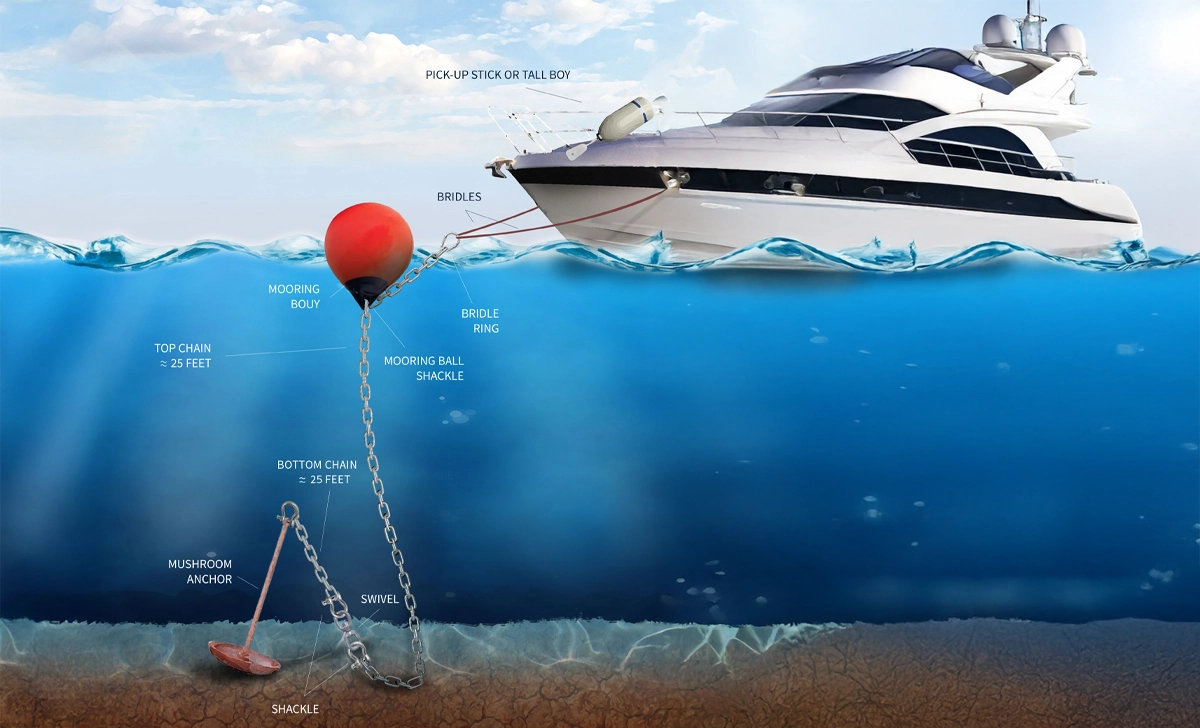
Pro Tip
Consider using an anchor alarm on your chartplotter or smartphone. Apps like Anchor Pro or Navily can alert you if your vessel drifts outside a set radius. Regularly reviewing your mooring setup and anchor position helps prevent problems before they happen.
Overlooking Safety Gear
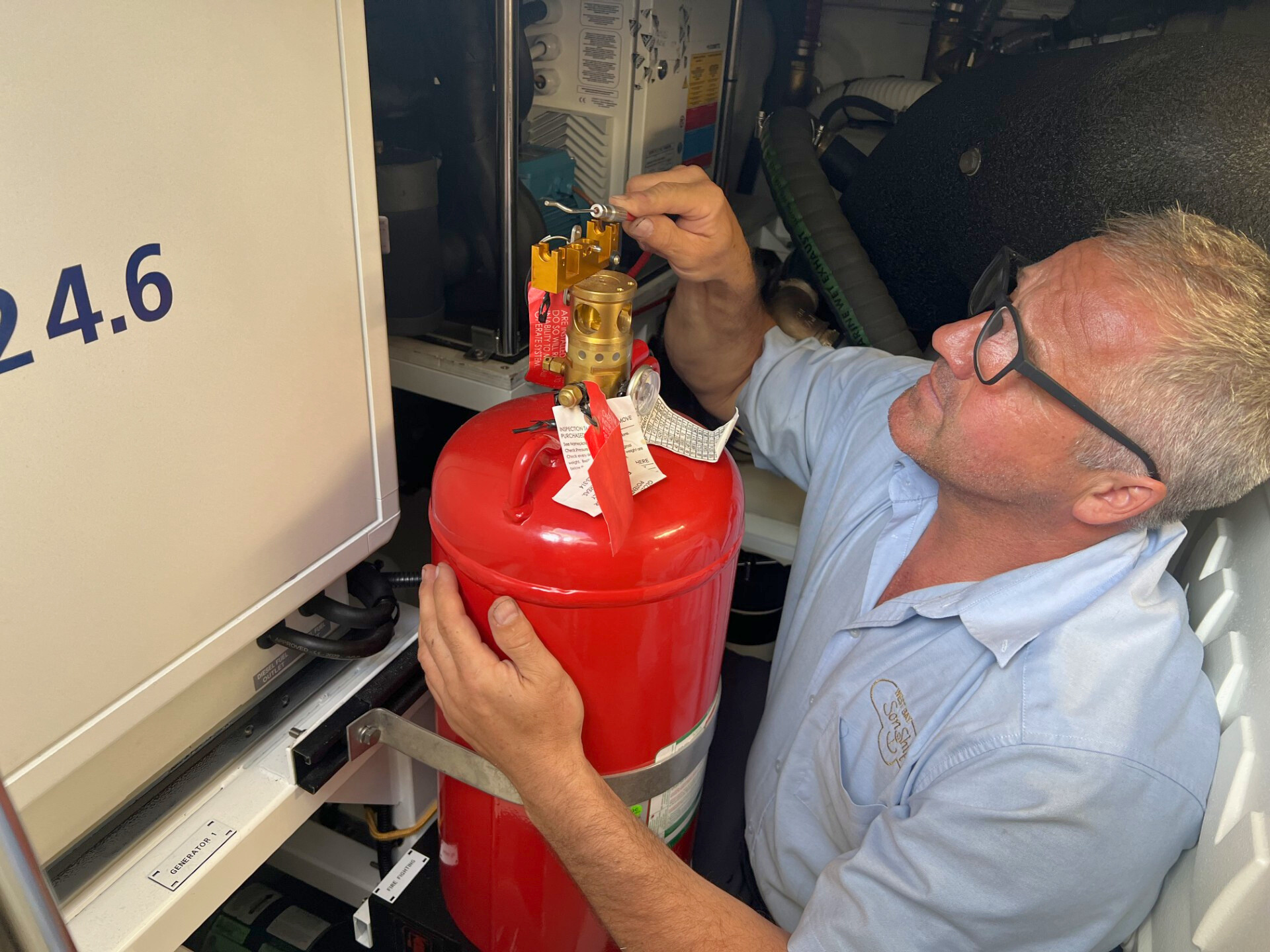
The Mistake
Safety gear is easy to forget until it’s needed. Fire extinguishers, flares, life jackets, and first aid kits can be buried, expired, or overlooked. In an emergency, these items are critical.
The Fix
Perform regular safety audits and walk-throughs—quarterly is a good starting point. Check:
-
Expiry dates on flares and fire extinguishers
-
Life jacket count, location, and condition
-
EPIRB and PLB batteries and registration
-
Emergency throw lines and life rings
-
First aid kits (including seasickness, burns, and trauma items)
In addition to your safety gear, keeping up to date navigation charts is crucial to emergency preparedness. Even if you rely on electronics, having a paper backup can be critical in an emergency.
Pro Tip
Create a laminated Emergency Reference Sheet with VHF distress protocols, coast guard contacts, and GPS coordinates. Place copies at the helm, nav desk, and galley so anyone on board can access them quickly.
Trying to DIY Too Much
The Mistake
It’s tempting to tackle projects yourself, especially smaller fixes or upgrades. Learning as you go is part of being a hands-on yacht owner. But some systems like fuel, electrical, structural components, or navigation electronics carry higher risks if handled incorrectly.
Even a minor mistake in these areas can lead to expensive repairs, void warranties, or create safety hazards.
The Fix
It’s fantastic to know your systems and handle small repairs. But anything involving:
-
Fuel systems
-
Electrical work
-
Structural changes
-
Through-hulls or seacocks
-
Navigation electronics
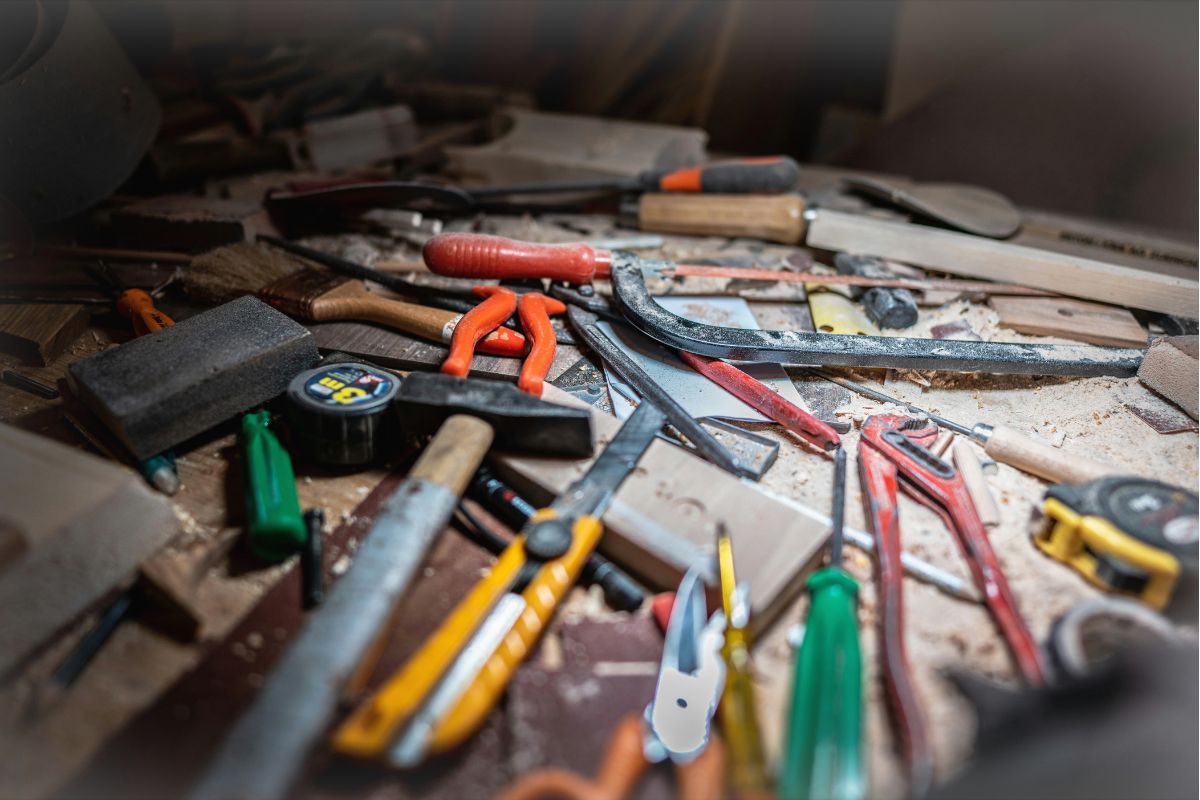
…should be left to professionals. A licensed marine technician ensures compliance with safety codes, manufacturer warranties, and insurance requirements.
And if you are the hands-on type, a little preparation goes a long way toward preventing costly mistakes. Start by doing thorough research. Review manuals, manufacturer guidelines, and proven techniques before diving into a repair or upgrade.
When choosing materials, opt for marine-grade options for lasting results. And don’t forget to use the proper tools to install them. Marine environments can be harsh and unforgiving, and the right products and equipment can make all the difference in your vessel’s longevity.
Pro Tip
Keep a maintenance log of everything you do, not just what’s been performed at the shipyard. Tracking what you’ve done, when and how, helps future professionals understand what’s been worked on and why, to better help with any issues that may arise in the future. Your service yard will thank you!
Failing to Budget for Ongoing Costs

The Mistake
It’s easy to underestimate the ongoing costs of owning a yacht. Between moorage, insurance, maintenance, fuel, and unexpected repairs, costs can add up quickly. Skipping proper budgeting can force difficult choices or lead to cutting corners on important maintenance.
The Fix
Plan ahead. A common guideline is the 10% rule: annual upkeep typically averages 10% of your yacht’s value. This includes:
-
Dockage and storage
-
Routine maintenance and haul-outs
-
Insurance
-
Upgrades and tech replacements
-
Fuel and cleaning
Factor in optional costs like crew, charters, or club memberships. Being realistic about your usage and goals helps you allocate funds effectively.
Pro Tip
Set aside a contingency fund, 5–10% of your annual operating budget, for unexpected repairs or upgrades. Having that cushion makes it easier to manage surprises without compromising safety or enjoyment.
Ignoring the Off-Season
The Mistake
Many owners pay less attention to their yacht in the fall and winter. Letting her sit unattended for months can lead to mold, flat batteries, or engines that won’t start when spring arrives.
The Fix
Off-season care matters whether you’re storing your yacht or still cruising. Winterization should include:
-
Fuel stabilizer and topped-up tanks
-
Drained freshwater and greywater systems
-
Battery maintenance or disconnection
-
Dehumidifiers or moisture absorbers
-
Engine and generator fogging (where applicable)
Even if you’re using the boat sporadically, rotating systems, topping up fluids, and covering sensitive electronics helps reduce wear.
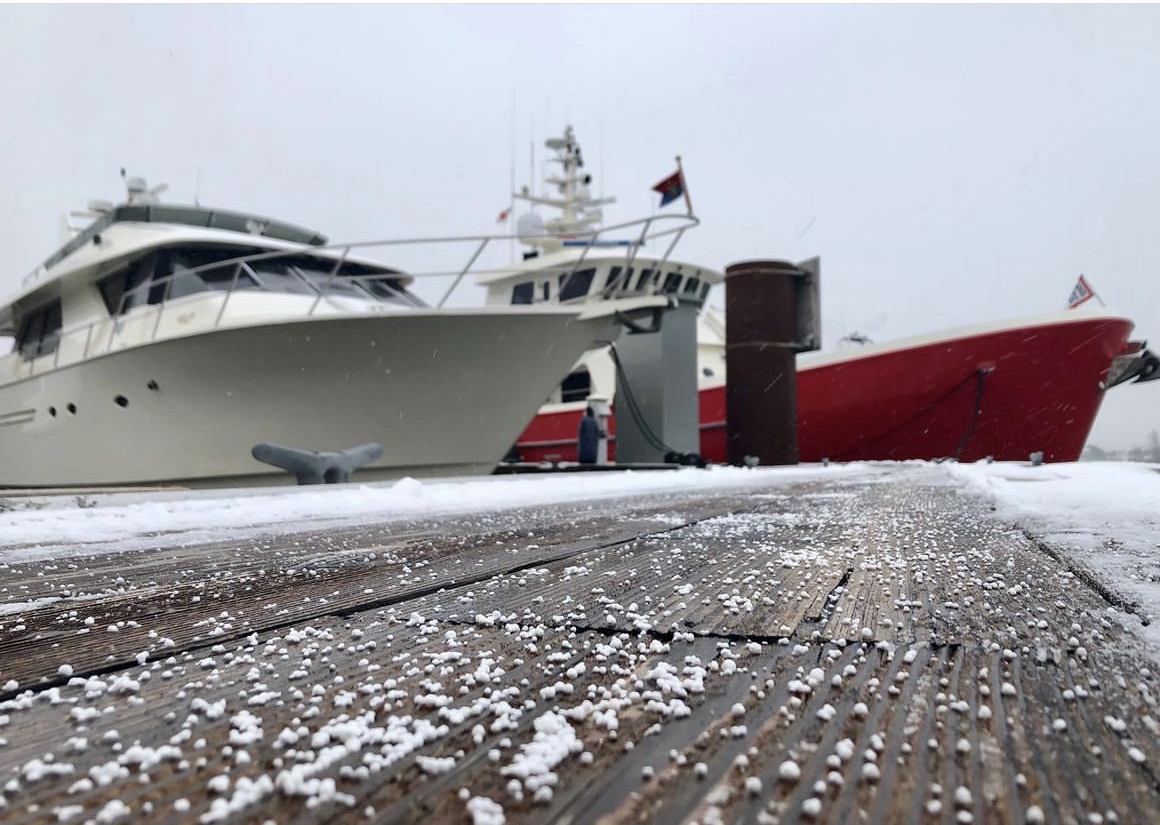
Pro Tip
Use the off-season as a planning window. Schedule upgrades, service, or refits now to get ahead of the spring rush. Check out some of our upgrades highlighted in our blog post “The Benefits of Custom Yacht Upgrades: Enhancing Your Yachting Experience” for inspiration on enhancing your investment. Off-season planning also often means faster turnaround and better rates.
Final Word From the Dock
Every yacht owner will encounter small challenges—it’s part of owning a vessel. What makes the difference between frustration and smooth sailing is preparation, education, and having the right support.
Staying on top of maintenance, understanding your systems, and planning ahead helps you enjoy your yacht safely and confidently. At West Bay Shipyards, we’re here to provide guidance, inspections, and support whenever you need it—whether it’s routine care, upgrades, or advice on best practices.
With a bit of foresight and some expert tips, you can spend less time worrying and more time enjoying your time on the water.
Your Turn: What’s the most valuable lesson you’ve learned on your yacht? Share a lesson you’ve learned or a fix you’ve discovered in the comments below! Your experience could help fellow owners avoid the same pitfalls, and keep their vessels safe and enjoyable!
Start the next season off with confidence!
Don’t let small oversights or common mistakes turn into bigger problems. Let us help keep your vessel safe, ready, and worry-free. Contact us today to schedule your next maintenance check or refit—and start the next season off with confidence!
Connect with us on social media, follow our blogs, or visit us in Delta to see firsthand how our maintenance services can transform your teak decking into a masterpiece of enduring beauty and craftsmanship. Your journey to impeccable yacht maintenance starts here, and West Bay Shipyards is proud to be your trusted guide every step of the way!